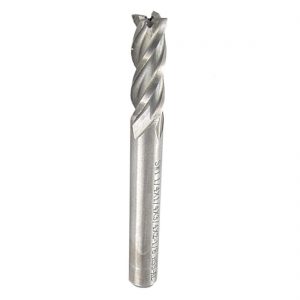In a program designed to benefit mill operators with varying skill levels, two days of intensive courses have been reduced to as many as 14, allowing one-to-one support. “We’re not just talking about two days of milling technology and formula,” says Mr Bitner. “We conducted a practical demonstration on machine tools, to create a team, responsible for the application to select a grade and geometry, and then calculate the appropriate speed and everyone’s feedback.” Before we demonstrate the application, we will discuss the discovery of each team, allowing everyone to participate and make security mistakes. He added that the company received positive feedback from the hands-on approach. The tool selection and calculation speed and module of the feed are the most beneficial, attendees said.
In this case, it is fair to answer a question because it forces a store to consider factors affecting the mold processing environment to check its cutting tool expectations and requirements. These factors include tool geometry, coating, size, brand, surface penetration, cutting depth, cutting width, feed, dry or wet processing, power consumption and rigidity of each tooth. Manipulating these variables can lead to very different results, so a store’s processing cost method is key.
For example, many stores only consider price when selecting cutting tools and tools. This narrow view that often lead to machine efficiency is very poor, this could lead to a lot of hidden costs, including a longer period of time, bad tool life, not accurate shape tolerance and so on. General mold workshops cost between 2 and 4 per cent of their total operating expenses on knives and knives. If a shop wants to find a tool that costs half the cost of its current usage, it can theoretically reduce processing costs to between 1 and 2 percent of operating costs. However, a more expensive tool that can quickly double the parts from the machine will double the store’s potential revenue.
